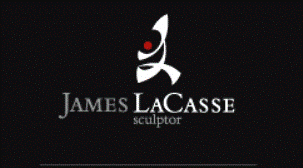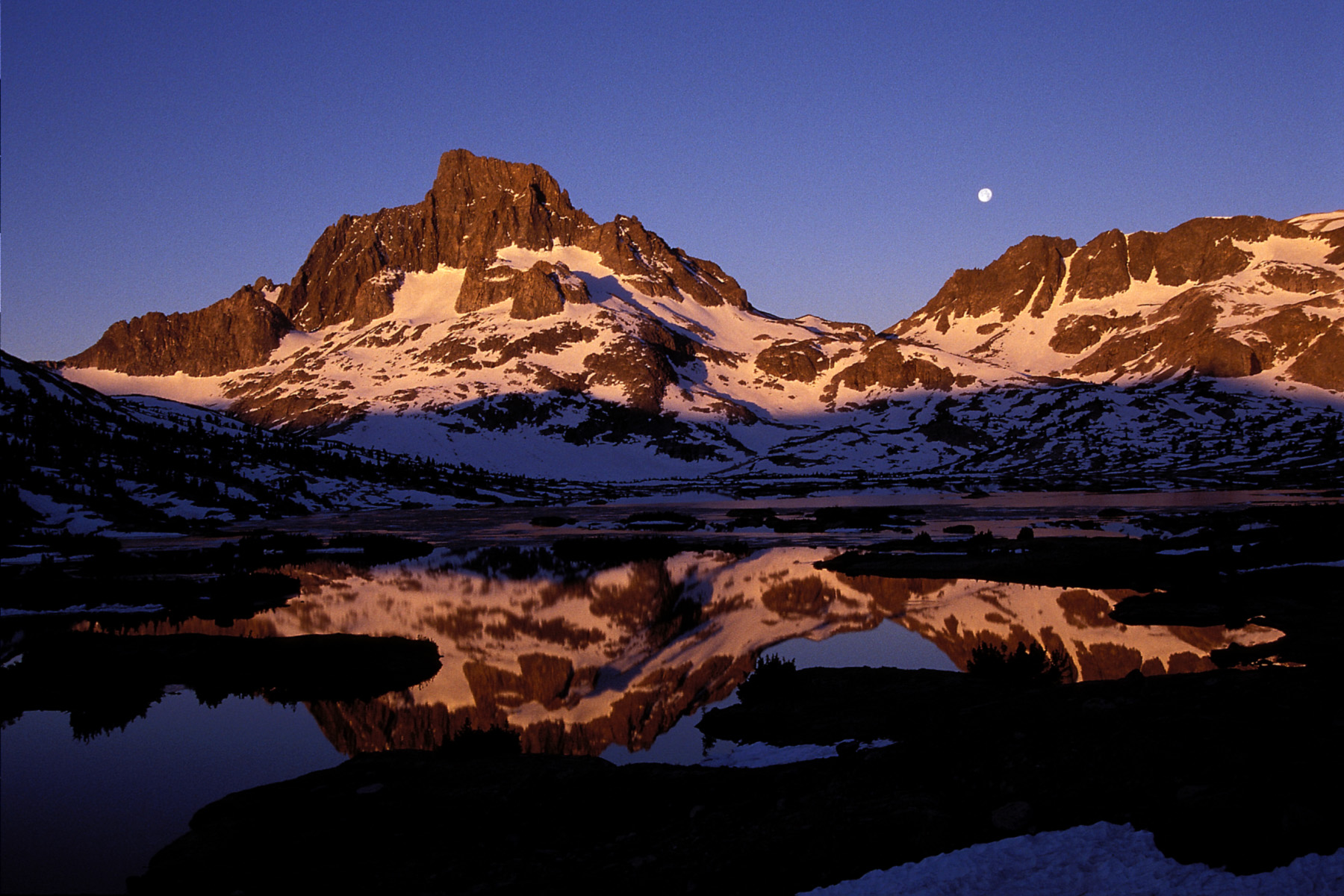The Process
-
Finished clay model.
This clay model was worked on, off and on, over the course of two years until completion. The finished clay model to be molded stands about 67" high.
-
Molding materials
I use silicon rubber to help make the mold.
-
Rubber jacket
I paint seven to eight coats of silicon rubber over the entire figure.
-
Close up, rubber jacket
When doing the rubber I create partitions, so, that in the de-molding I can remove the rubber jacket from the sculpture.
-
Plaster shell
Upon the completion of the rubber jacket, I create a plaster and fiberglass shell called the "mother mold" over the entire sculpture.
-
Finished mold
This shows the completed mold with the rubber interior and the plaster "mother mold".
-
Wax copy
After I have demolded the clay sculpture, I pour hot wax into the mold to create an exact wax copy of the original sculpture. The waxes are poured in separate sections, this being the torso.
-
Full wax copy
This picture shows the entire mold and the resulting wax copy produced.
-
Rough cast bronze
The waxes are coated with a ceramic shell mold which is then used to pour molten metal into. Once the shell is knocked off and sandblasted the result is the rough cast sculpture in bronze.
-
Close up of the rough casting
The casting requires an inordinate amount of labor to assemble. There are many days spent welding, and grinding for a metal sculpture of this size to be refined and ready for the next step.
-
Tools
This is a sampling of the variety of tools used to work the metal into a refined state.
-
Patina
This image shows a few of the various chemicals and pigments used. They are mixed with water in various ways and heat applied with brushes, spritzer bottles and an airbrush.
-
Heating the sculpture
A simple propane weed burner torch is used to heat the piece a couple of hundred degrees Fahrenheit depending on the effect one is looking to achieve.
-
Torching the bronze
Here I am heating up a section of the sculpture before applying the chemicals.
-
Patina application
Here I am applying a chemical called ferrick nitrate to the heated surface with a brush to achieve the amber "ringing" effect on the surface of the scultpure.
-
Full Bloom
Here is the completed sculpture after the patina is done. I seal it with a lacquer to enhance and protect the patina.


